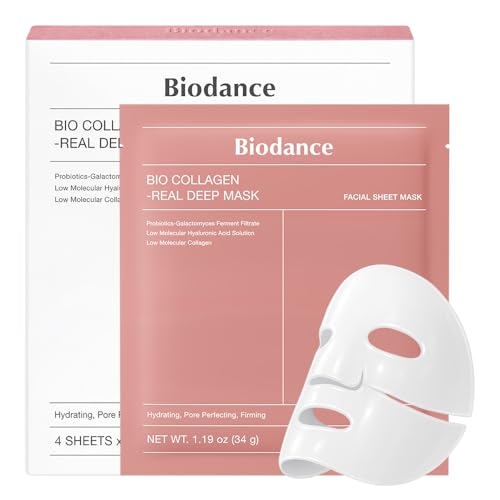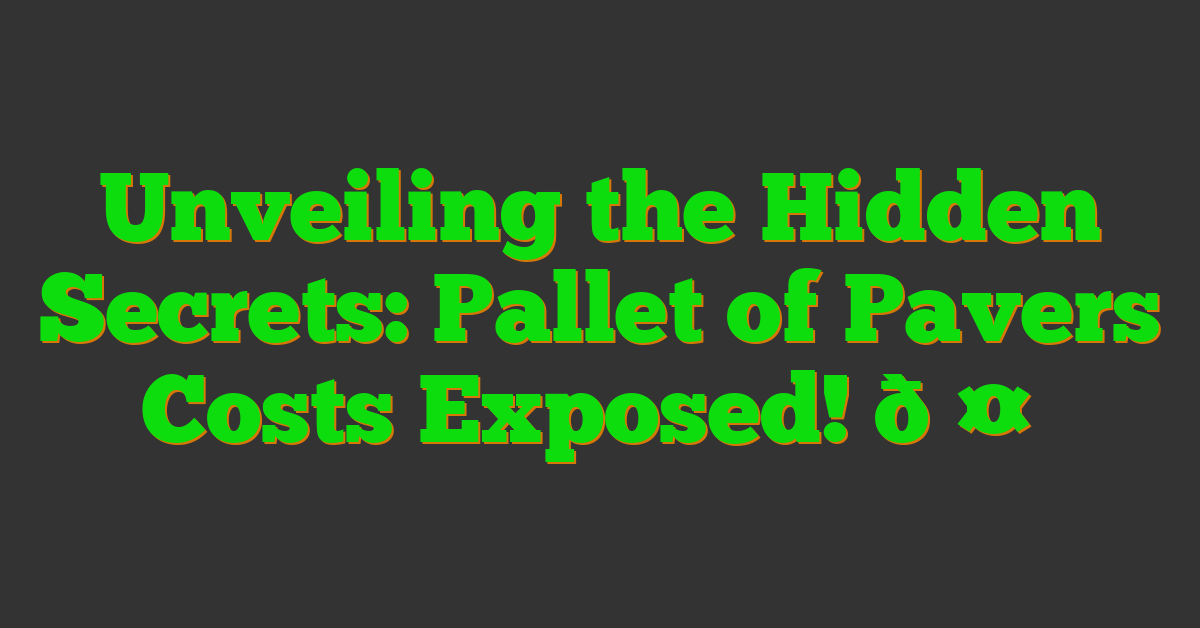Have you ever wondered if paver sand and mason sand are interchangeable? Well, we’re here to shed some light on this common question. When it comes to laying down pavers or bricks, the type of sand used can make a significant difference in the outcome of your project. While paver sand and mason sand may seem similar at first glance, there are key differences that can impact the final result.

Understanding the distinctions between these two types of sand is crucial for achieving a successful and long-lasting hardscaping project. So, before you start your next outdoor endeavor, let’s dive into the nuances of paver sand versus mason sand. Stay tuned to learn more about which sand is best suited for your specific landscaping needs.
Understanding Paver Sand and Mason Sand
Defining Paver Sand
As landscape designers, we often emphasize the importance of using the right materials for our projects. Paver sand, also known as polymeric sand, is a type of sand specifically designed for filling the joints between pavers or bricks in hardscaping projects.
Defining Mason Sand
Mason sand, on the other hand, is a fine-grained sand typically used by masons for mortar mixes and brick work. It’s finer in texture compared to paver sand and is more suitable for tasks where a smoother finish is desired, such as laying bricks or stones.
By understanding the distinctions between paver sand and mason sand, we can ensure that we select the appropriate sand for each landscaping project to achieve the best results and longevity.
The Key Differences Between Paver Sand and Mason Sand
Grain Size and Texture
When it comes to grain size and texture, one of the primary distinctions between paver sand and mason sand is evident. Paver sand typically has a coarser texture compared to mason sand. The larger grain size of paver sand allows for better interlocking when used in between pavers, providing stability and reducing the chances of weed growth. On the other hand, mason sand, known for its finer texture, is ideal for creating smoother finishes in brickwork and mortar applications.
Composition and Color Variations
In terms of composition and color, paver sand and mason sand also exhibit notable differences. Paver sand, often referred to as polymeric sand, usually contains additives that activate when wet, helping to form a binding agent that strengthens the joints between pavers. This feature enhances the overall stability and durability of the paved surface. In contrast, mason sand is a natural, unadulterated sand that is free of additives, making it suitable for various masonry applications.
Applications in Construction and Landscaping
The applications of paver sand and mason sand in construction and landscaping differ based on their distinct characteristics. Paver sand is specifically designed for filling the joints between pavers in hardscaping projects, such as patios, walkways, and driveways. Its coarse texture and binding properties make it an excellent choice for enhancing the structural integrity of paved surfaces. Conversely, mason sand is commonly used by masons for creating mortar mixes and achieving smooth finishes in bricklaying, stonework, and other masonry projects. Its fine texture enables precise workmanship and detailed construction applications.
Understanding these key differences between paver sand and mason sand is essential for landscape designers and contractors to choose the right type of sand for their specific construction and landscaping projects. By selecting the appropriate sand based on its unique characteristics and intended purpose, we can ensure the longevity, stability, and aesthetic appeal of the finished hardscape or masonry work.
Common Uses of Paver Sand
As landscape designers, we often utilize paver sand for a variety of purposes in our projects. Here are some common uses of paver sand that showcase its versatility and importance in hardscaping and landscaping projects:
Stabilizing Patio Stones and Pavers
When it comes to stabilizing patio stones and pavers, paver sand plays a crucial role. By filling the gaps between the stones or pavers with this specialized sand, we ensure a secure and durable surface. The binding properties of paver sand help to prevent shifting or wobbling of the stones, creating a stable and safe outdoor area for our clients to enjoy.
Filling Joints Between Paving Units
Another essential use of paver sand is filling the joints between paving units. Whether it’s a walkway, driveway, or patio, filling these joints with paver sand not only enhances the aesthetic appeal by providing a clean and finished look but also improves the structural integrity of the paved surface. The sand helps to interlock the paving units, minimizing weed growth, and reducing the chances of erosion or settlement over time.
By understanding the various applications of paver sand, we can ensure that our landscaping projects not only look visually appealing but also stand the test of time, providing our clients with functional and beautiful outdoor spaces.
Common Uses of Mason Sand
As landscape designers, we regularly rely on mason sand due to its unique properties that cater to specific construction and masonry needs. Here are some common applications of mason sand that showcase its versatility and value in our projects:
Mortar Mixing
In our line of work, mason sand plays a crucial role in mortar mixing for various construction projects. We often blend mason sand with cement and water to create mortar, which is essential for laying bricks, stones, or blocks. The fine texture of mason sand ensures a smooth and workable mortar consistency, allowing us to achieve precise finishes in our brickwork. Whether we’re constructing a retaining wall, a fireplace, or a decorative facade, mason sand is our go-to choice for mortar mixes due to its compatibility with different types of masonry units.
Pool Installation Base
When it comes to pool installations, we prioritize the use of mason sand as a reliable base material. Before laying down the pool liner or concrete base, we prepare the ground with a layer of mason sand to provide a level and stable foundation for the pool structure. The even distribution and compaction of mason sand create a smooth surface that helps prevent uneven settling of the pool structure over time. By using mason sand as the base layer, we ensure proper drainage, minimize shifting, and enhance the overall durability of the pool installation.
By leveraging mason sand in mortar mixing and pool installation base preparation, we enhance the structural integrity and aesthetic appeal of our landscape designs. Its fine texture, compatibility with various materials, and dependable performance make mason sand a valuable asset in our construction projects.
Factors to Consider When Choosing Sand for Your Project
Type of Project and Environmental Conditions
When selecting the sand for our landscaping projects, we always consider the specific requirements of the project and the environmental conditions it will endure. For instance, if we are working on a project that requires joint stability between pavers, we opt for paver sand due to its superior locking properties that prevent weed growth and enhance overall durability. On the other hand, when the project involves creating a mortar mix for masonry work, such as laying bricks or stones, we turn to mason sand for its compatibility and ability to achieve smooth finishes.
Long-term Performance and Maintenance
One crucial aspect we always keep in mind is the long-term performance and maintenance of the project. Paver sand, with its polymeric composition, offers excellent resistance to erosion and weed invasion, ensuring the longevity of the hardscape design. Conversely, mason sand, known for its fine texture, provides durable support in constructions like pool installations and mortar mixes, guaranteeing structural integrity over time. By considering the long-term performance and maintenance requirements, we can make informed decisions about the type of sand that best suits each landscaping project.
« Unveiling the Ultimate Top Paver Brands of 2023 – You Won’t Believe Brand B’s Eco-Friendly Innovation Unveiling the Ultimate Secret to Stunning Paver Transformations with Crushed Stone »
Alternatives to Paver and Mason Sand
Polymeric Sand
When exploring alternatives to traditional paver and mason sand, one noteworthy option often utilized in landscaping projects is polymeric sand. This specialized sand contains additives that, when activated with water, create a binding agent that helps lock pavers together. Its unique composition makes it resistant to erosion, weed growth, and ant intrusion. Polymeric sand is an excellent choice for filling joints between pavers in areas prone to heavy rainfall or areas subjected to vehicular traffic, as it provides enhanced stability and durability compared to regular sand.
Crushed Stone and Gravel Options
In landscape design, crushed stone and gravel are versatile alternatives to consider in place of paver and mason sand. Crushed stone, available in various sizes and textures, offers excellent drainage properties and is suitable for creating visually appealing pathways, patios, or driveways. Gravel, on the other hand, provides a cost-effective option for ground cover, offering both functional and aesthetic benefits. When selecting crushed stone or gravel as alternatives, factors such as the intended use, load-bearing requirements, and desired aesthetics play a crucial role in determining the most suitable material for the landscaping project.
Whether incorporating polymeric sand for enhanced joint stability or opting for crushed stone and gravel for their functional versatility, as landscape designers, we have a range of alternatives to tailor landscaping projects to meet specific aesthetic and practical requirements. Each alternative offers unique characteristics that can complement different design styles and purposes, adding depth and creativity to outdoor spaces.
Conclusion
Exploring the distinctions between paver sand and mason sand sheds light on their unique roles in landscaping and construction. The varied compositions and applications of these sands offer versatility in design and functionality. Additionally, considering alternatives like polymeric sand, crushed stone, and gravel provides a broader perspective on material choices for outdoor projects. By understanding the properties and benefits of each option, we empower ourselves to create durable, visually appealing hardscapes that meet specific project requirements. The evolving landscape of sand options allows us to tailor solutions to diverse needs, ensuring both aesthetic charm and structural integrity in our outdoor spaces.
















